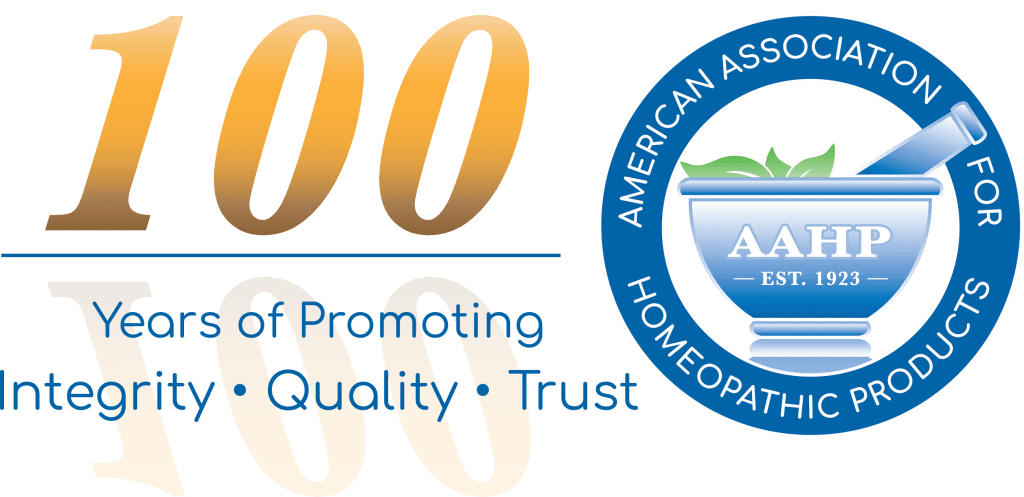Quality Agreement Development and Importance
Supply Chain Management for Homeopathy, Part 3 of 4
By Tim Clarot, Industry Consultant
This third article in the supply chain management series will cover the development of a product owner-CMO Quality Agreement (QA) document. Beyond the regulatory requirement of having a documented Quality Agreement in-place, the creation of the document gives the owner an opportunity to evaluate each supply chain function and determine which tasks they are comfortable in sharing or delegating and the ones that they will maintain and control. FDA has created a guidance document (CPG), Contract Manufacturing Agreements for Drugs: Quality Agreements, https://www.fda.gov/media/86193/download, which provides a framework for delineation of supply chain responsibilities controlled by the owner and/or the CMO. A brief outline of some of the agency’s expectations are:
- Quality Unit (QU)—define how the parties will work together to ensure CGMPs
- Facilities and equipment—who set specifications for maintenance, validation, etc.
- Materials—who set specifications for raw materials, vendor selection and qualification, inventory management
- Product-specific items—operational requirements, expiration dating, validation
- Laboratory controls—validations, sampling protocols, testing timelines, out-of-specification (OOS) investigations
- Documentation, recordkeeping and change control—what changes require preauthorization by the owner
Specifically, FDA describes the owner/CMO relationship in the CPG:
“Each party engaged in the manufacture of a drug is responsible for ensuring compliance with CGMP for the manufacturing activities it performs.[1] For both owners and contract facilities that conduct manufacturing operations, CGMP ‘includes the implementation of oversight and controls over the manufacture of drugs to ensure quality, including managing the risk of and establishing the safety of raw materials, materials used in the manufacturing of drugs, and finished drug products.’[2] Drugs not manufactured in compliance with CGMP are adulterated.”[3]
Further, the CPG clearly states each QU’s responsibilities:
“In particular, this section of the quality agreement should be clear with respect to product release. Contract facilities are responsible for approving or rejecting the product or results of their manufacturing operations (e.g., test results, finished dosage forms, or in-process materials).[4] In addition, owners are responsible for approving or rejecting drugs manufactured by the contract facility,[5] including for final release. In all cases, the owner must not introduce or deliver into interstate commerce, or cause to be introduced or delivered into interstate commerce, any drugs that are adulterated or misbranded.”[6]
In addition to the specified elements of the quality agreement, it should also clarify and memorialize expectations. From the perspective of an owner, the document should include:
- The length and frequency of facility audits. For example, annual quality audits lasting two days.
- Required communication with timeframes. This should include owner contact names and method of contact. The type and timeframe of communication will vary based on the incident. You will want to know about a regulatory for-cause inspection immediately while other issues might not require the same sense of urgency.
- Documents needed for final product release with established turnaround time. Specifically state the documents you want to review before a batch is released and indicate the amount of time you will need to review the documents. Recognize that some releases will take longer than others based on the complexity of the process and the number of deviations that occurred during manufacturing.
- Recalls—never a pleasant topic but document how it will be conducted, initiated, and the roles of each organization.
Clearly, the creation of a quality agreement can be time-intensive. The best way to start is to create a matrix listing each step in your supply chain that will be outsourced. Create a table with the step in one column and your company and the CMO in adjacent columns. Identify the responsible party with a checkmark or describe the responsibility if it’s shared. An example of a quality agreement matrix is:
| Responsibility | Owner | CMO |
|---|---|---|
| Master batch record control/Quality Unit Approval | x | |
| Production batch record approval | x | |
| In-process specification generation and approval | x | |
| Finished bulk product specficiation document generation and approval | x | |
| Manufacture and in-process testing | Assist and review | x |
| Process validation/verification | Assist and review | x |
Before you start from scratch or feel like you are reinventing the wheel, check with your prospective CMO to see if they have a blank quality agreement template that they will share. If a particular CMO is not familiar with quality agreements or is unwilling to share a template, you might want to look for another partner. FDA has been referencing quality agreements for a number of years and their guidance has been in effect since November 2016. A CMO that is not familiar with the subject matter is probably deficient in other CGMPs as well.
Author: Tim Clarot is a consultant for Church & Dwight, where he was formerly Senior Vice President of R&D and Product Quality. With 40 years' experience working directly with federal, state, and local regulators, Tim specializes in the regulatory framework of food (including dietary supplements), medical devices, and drugs (homeopathic and allopathic), both in the United States and internationally. He has also chaired company-sponsored scientific and medical advisory boards. He has served on AAHP’s Legal and Regulatory Committee since 2015 and on the Board of Directors since 2018. He can be reached at TClarot@gmail.com.
[1] Section 501(a)(2)(B) of the FD&C Act; 21 CFR parts 210 and 211; and 21 CFR part 600.
[2] Section 501 of the FD&C Act as amended by the Food and Drug Administration Safety and Innovation Act (Public Law 112-144, Title VII, section 711).
[3] Section 501(a)(2)(B) of the FD&C Act.
[4] 21 CFR 211.22(a).
[5] Section 501(a)(2)(B) of the FD&C Act; 21 CFR 211.22(a).
[6] See section 301(a) of the FD&C Act.
